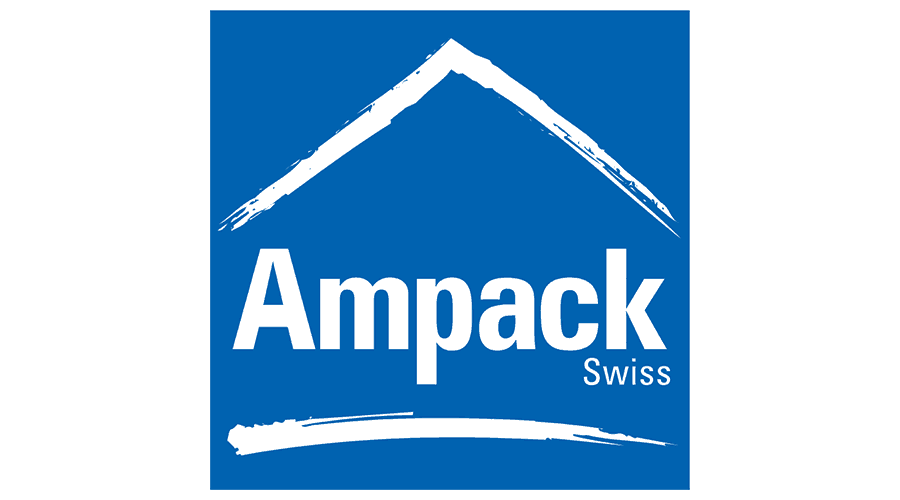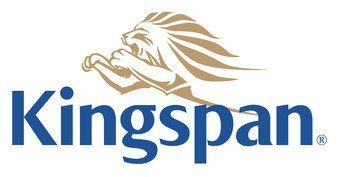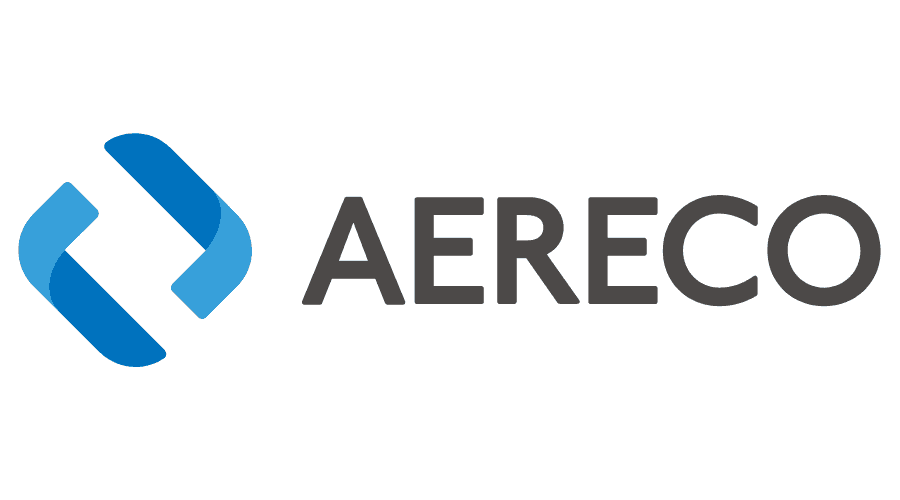HOME VENTILATION
Western Insulation have vast experience in providing ventilation solutions in Galway, Limerick, Mayo, Roscommon, Clare, Tipperary, Westmeath, Longford, Leitrim, Offaly and Sligo.
HEAT RECOVERY VENTILATION
A human being usually consumes about one kilogram of food and two litres of water each day – but at least 15 000 litres of air. Of this, up to 90% may consist of indoor air. For air to be clean to breathe, it has to be replaced with outdoor air every two hours.
An effective ventilation system will protect the building fabric and occupants against potentially harmful condensation and mould growth and other airborne pollutants that are present.
“Fresh, clean, warm air……and saving energy too!”
Western Insulation specialises in New Build HRV projects, working alongside architects to deliver the right solutions for developers and clients.
Western Insulation is an approved AERECO contractor, and upon receipt of your Aereco Quality Standard Certificate, a product warranty of 5 years is activated.
POSITIVE INPUT VENTILATION
The Drimaster provides ventilation for the whole property using the tried and tested Positive Input Ventilation (PIV) principle, where fresh, filtered air is introduced into the home at a continuous rate, encouraging movement of air from inside to outside. The results are a fresh and healthy indoor environment in which condensation and mould cannot exist, and where indoor pollutants including harmful Radon gas are kept to a minimum – all great news for allergy sufferers.
The Drimaster is a low-energy whole home ventilation with an integral heater which can be set to provide additional heating of the incoming air if required. During very cold spells, the heater on the unit automatically switches on for increased comfort.
Easy to install and cheap to run, this system will provide reliable year-round ventilation. Fitted in the loft, out of sight and with no holes to knock through walls, the non-disruptive installation makes it an ideal solution for retro-fit projects.
Western Insulation provide heat recovery ventilation systems that meet Building Regulations, Approved document, F and L, April 2010 (MVHR)
DEMAND CONTROLLED VENTILATION
It is commonly accepted that most water distribution facilities work on demand, so why should it be different for air distribution, with each cubic metre of fresh air to warm during the heating season having a significant economic and environmental cost?
The concept of demand controlled ventilation rests on the principle of providing occupants with the right amount of fresh air, when they need it, and where this is useful. With intelligent airflow management, energy savings are made on every occasion that the need for ventilation is low or null, which can represent more than half the time. Conversely, an activity which emits indoor air pollution such as food preparation in a kitchen, a shower, or even the release of odorous metabolic compounds, generates a need for a greater airflow to remove the pollution quickly.
At every moment, demand controlled ventilation offers an optimisation of heating consumption and indoor air quality, on a fully automated basis. Every Aereco system is designed on this concept, which beyond being particularly effective for the comfort of the occupant, has many other benefits for the working of the ventilation system.
The benefits of demand controlled ventilation are excellent and go well beyond simply increasing the lifecycle of your system
Reduced avg power consumption of the fan
By reducing the average airflow rate, demand controlled ventilation systems allow the fan to work well below the maximum airflow, and thus at very low power. This aspect clearly promotes unbalanced ventilation systems, such as those from Aereco, when compared with the standard heat recovery systems that typically have two motors operating at a higher speed (with higher average airflow), which consequently consume electrical energy at a much higher rate.
Less clogging of filters, ducts and terminals
The inherently reduced airflow of demand controlled ventilation leads to the reduction of the total amount of particles that can clog the components that make up the ventilation system, which is directly proportional to the total volume of air introduced by the system in any given period. Thus, maintenance of ductwork and filters (where these have been used), can be reduced along with the power consumption of the fan.
Increased life of fans
By reducing average airflow, demand controlled ventilation permits a reduction of the demands placed on the fan, and thereby increases its longevity. This is because the longevity of the fan depends in particular upon the power at which it works, and that power is directly related to the request of average airflow through the ventilation system.
Greater availability of pressure and airflow for terminals
In a collective ductwork system, serving either an individual home or collective dwellings, the airflow modulation at the various terminals permits the avoidance of overloading the ducts with unnecessary airflow rates, as would be the case with a constant airflow ventilation system. Thus, the rooms or dwellings with a low airflow requirement release the duct space for the rooms or dwellings with a higher need for ventilation. These can then benefit from all the pressure and flow potential of the ductwork, with losses in the ducts being optimised and reduced.
Reduced size of ductwork to gain valuable floor space
Airflow modulation permits a reduction in the size of the ventilation ductwork, exploiting the advantage presented by the fact that in a collective system, not all of the extract terminals are working at the maximum level simultaneously. This phenomenon, called airflow time-dispatching, has been verified during numerous in-situ experiments carried out by Aereco. The ductwork can therefore be sized for a total airflow lower than the sum of the maximum airflows, unlike that of a constant airflow system where the size of ducting corresponds to the strict sum of airflow. This use of smaller ducts, can thereby allow a reduction in the total floor space required for ducting.










